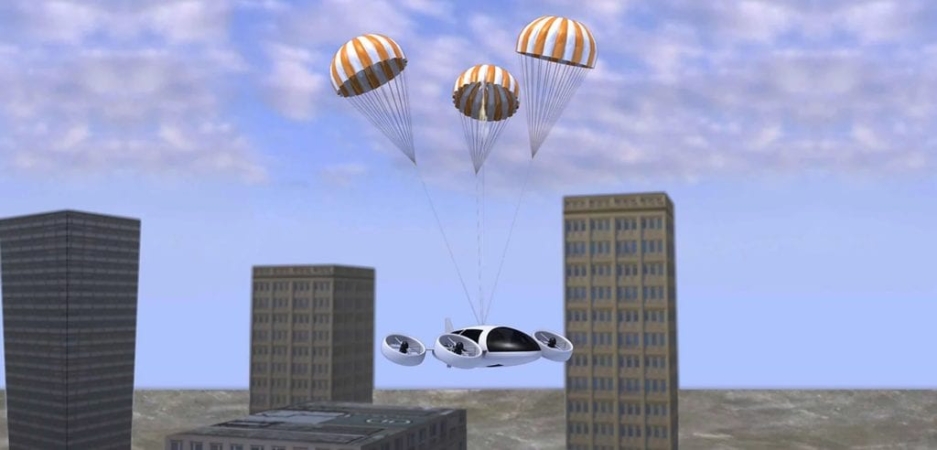July 20, 2022
BIND 4.0 | Call for proposal
The BIND 4.0 International Open Call for Startups to apply for the chance to put innovation into action with paid contracts with industry leaders, is now active and accepting applications! Who do we Work With? Young companies worldwide developing solutions that can be applied to the Intelligent Industry, Clean Energy & Sustainability, Health Tech and/or Food Tech sectors for our 65+ Corporate Partners based in the Basque Country, Spain. The technologies of interest are wide ranging and not limited to: AI, Cybersecurity, Big Data Analytics, IOT/IIOT, Smart Energy, AR/VR, Machine or Artificial Vision, Collaborative Robotics, Additive Manufacturing, Biobased Solutions, Clean Tech, New Materials, NanoTech, Medical Devices, Smart Sensors, etc. Why BIND 4.0 Open Innovation & Acceleration Program? It is a government sponsored initiative with 6 years of proven track record accelerating over 160 International Startups and catalyzing countless business opportunities. 45K Average Contract Amount 65+ Big Name Reference Clients High Impact Acceleration, Mentoring & Support Zero Equity Taken & No Fee to Participate Please Share our International Startup Open Call. If you'd like us to prepare something targeted to your newsletter or startup portfolio please let us know. Easily share our latest social media posts and upcoming Webinar events via the links below. Key Details and links: Startup Open Call, Accepting Applications Deadline Sep 8, 2022 BIND 4.0 Webinar Presentation with Alumni July 28, 2022 BIND 4.0 Webinar Presentation with Alumni Aug 30, 2022 BIND 4.0 2022 Program Catalogue 2022 Catalogue BIND 4.0 Website For More Resources www.BIND40.com HTML Email Open Call Announcement Link to Email Message LinkedIn Open Call Post BIND 4.0 2022 Open Call Twitter Open Call Publication BIND 4.0 2022 Open Call We Value Collaborative Partnerships. Remember, for our Collaborative Partners with relevant topics and programs, we offer event promotion via our alumni newsletter or social media, targeted startup referrals, plus networking via invitations to innovation events. Have Any Startup Recommendations? Send us a quick email with any Startups that you think could be a good fit for our immersion, acceleration and open innovation program. Send their contact info so we can reach out to them directly and fast track their application based on your referral. Startups can set up a 1:1 Meeting with us, or if you'd rather send them this Link to Apply, the application deadline is September 8th.


